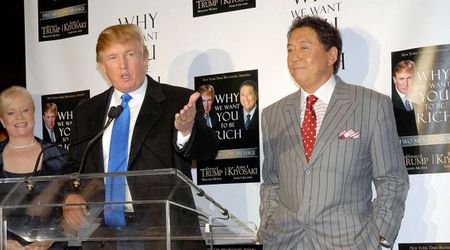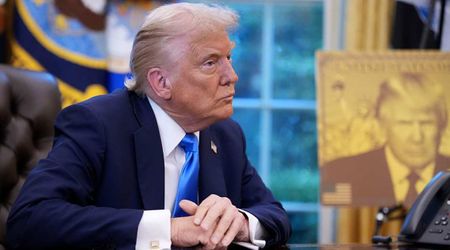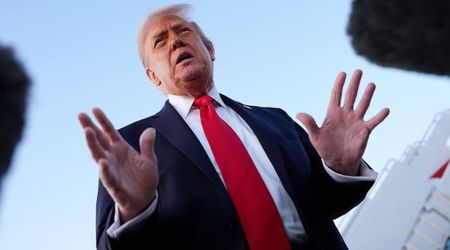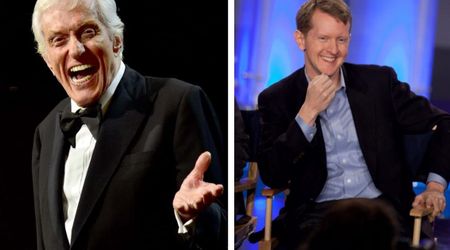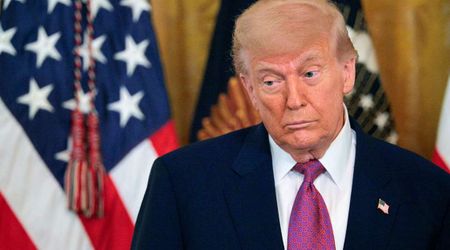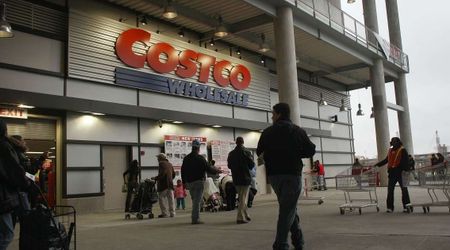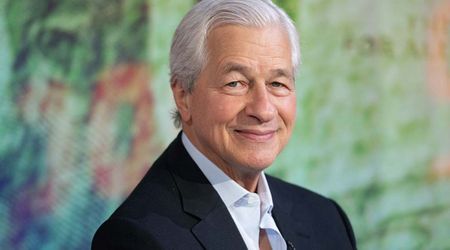Auction House Sotheby's Faces Allegations of Facilitating Art Fraud; Here's More About the Lawsuit

In a world of collectors and auction houses beyond the eyes of admirers, art is serious business. This trade also has its own legal complications, and owing to these, esteemed auction house Sotheby's now faces a lawsuit brought by Russian billionaire oligarch Dmitry Rybolovlev. The art tycoon alleges that the auction house played a role in facilitating a high-stakes art fraud orchestrated by his former art dealer, Yves Bouvier. Facing the scrutiny of a New York federal judge, Sotheby's emerged as a central figure in Rybolovlev's quest for justice. The billionaire, renowned for his collection that includes prized works by Monet and Gauguin, contends that he was overcharged by hundreds of millions for 15 pieces of world-class art.

The controversy and Dmitry Rybolovlev's claims
In a twist that could rival movie plots, the drama revolves around a number of artworks purchased by Rybolovlev between 2003 and 2015, totaling a staggering $2 billion. The focal point of the allegations is Swiss art dealer Yves Bouvier, who not only faces accusations of art theft but also stands accused of inflating the prices of these masterpieces. US District Judge Jesse Furman noted that the evidence could help a jury infer that Sotheby’s assisted Bouvier in obtaining an inflated valuation.
Bouvier, a figure linked to notorious art forgers, faced accusations of stealing famous paintings and was arrested in Monaco in 2015. Rybolovlev's contention revolves around the claim that Sotheby’s played a role in facilitating Bouvier’s alleged fraud. A dozen of the disputed artworks were sold through the auction house, prompting Rybolovlev to argue that Sotheby’s was uniquely positioned to assist Bouvier in manipulating valuations.

Dmitry Rybolovlev vs. Yves Bouvier
The judge advanced Rybolovlev’s aiding-and-abetting fraud claims against Sotheby’s in connection with the sale of other artworks, including Rene Magritte’s “Le Domaine d’Arnheim,” Gustav Klimt’s “Wasserschlangen II,” and Amedeo Modigliani’s “Tête." While dismissing some claims on grounds of timing, the judge urged both parties to consider settling the remaining disputes outside the court, considering the costs and risks associated with a trial. This plea for resolution echoes the broader sentiment that the art world is better suited for the gallery than the courtroom.
Rybolovlev’s relationship with Bouvier soured in 2014 when media reports surfaced about the sale of "Salvator Mundi." The New York Times reported a sale price ranging from $75 million to $80 million, but Rybolovlev claimed he paid $127.5 million for the artwork, alleging a 50 percent markup. The billionaire contends that Bouvier’s markups caused him to overpay by a staggering $1 billion on 38 paintings over 11 years. In his pursuit of justice, Rybolovlev filed criminal lawsuits against Bouvier in Monaco for fraud and money laundering, and similar actions in France and Singapore, where Bouvier’s assets are now frozen. The legal battle reached U.S. shores when Rybolovlev sought documents from Sotheby’s for use in these global lawsuits.

The Yves Bouvier fraud and aftermath
Swiss art broker Yves Bouvier began acquiring artworks for Rybolovlev in 2003, charging a 2 percent commission on each sale. To maintain privacy, Bouvier had little direct contact with sellers, instead representing Rybolovlev's interests through MEI Invest Ltd. or related entities. The intricate web of transactions came to public attention in 2016 when Sotheby’s filed a lawsuit to recoup funds from the da Vinci art sale. Sotheby’s, a prominent player in the art market, argued that it was owed more money from the sale, emphasizing the difference between the reported $80 million and the actual sale price of $127 million. The auction house, which made $3 million on the sale, sought not only financial redress but also wanted to absolve itself of any culpability in the dispute.
"Salvator Mundi” was ultimately purchased in 2017 by an unnamed bidder, later revealed as a Saudi royal who purportedly bought it for the Louvre Abu Dhabi. The intended unveiling at the museum was delayed indefinitely, and the masterpiece has not been seen in public since. As the legal drama unfolds, and the art world watches closely, the ruling by Judge Furman sets the stage for a potentially transformative chapter in the ongoing narrative of high-stakes art dealings.
